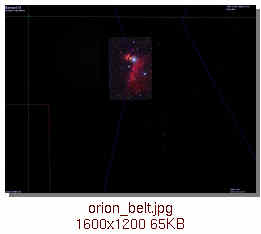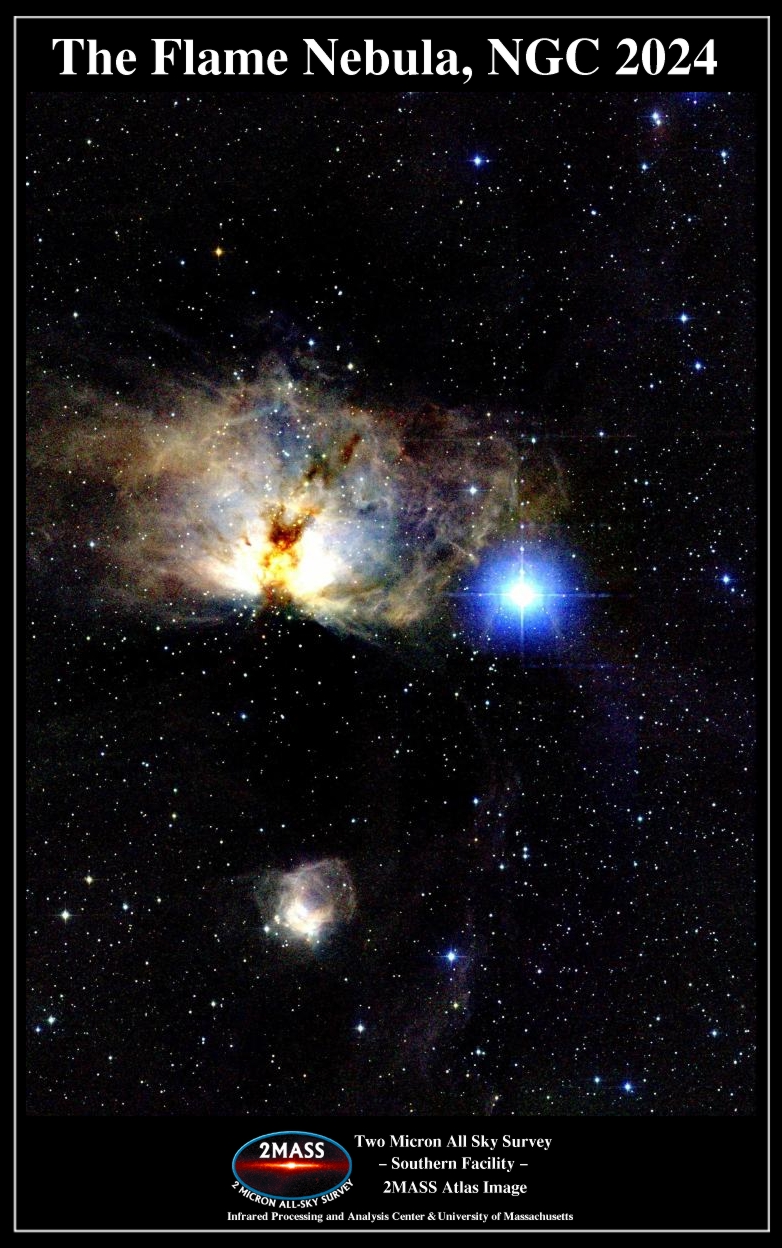Praesepe,
The problem is its orientation: the long dimension should be north-south, not east-west.
I've created a billboard of the Horshead Nebula region which can be seen at
http://www.lns.cornell.edu/~seb/celestia/billboard.html#5.0
I think you can get the orientation and size right if you can use the original picture with stars. Then you can turn up the limiting magnitude in Celestia and align its stars with those in the texture. That's what I did for the "billboard" picture.
Another minor quibble: the distance to the lower part of the absorption nebula is probably slightly more than 1500 ly. The distance to the star in the middle of the emission nebula was measured by Hipparcos. It is in Celestia's database as HD 37903 / HIP 26816 at a distance of 1538 ly. Since we can see it, the emission nebula must be in front of the absorption nebula that forms the Horsehead. Of course, B33 could be closer to us than the eastern parts of the nebula.
(added later)
Here's the DSC that I used:
Code: Select all
#Horsehead Nebula in Orion
#
# the "billboard" picture used with this definition is derived from
#a photograph of the Horsehead Nebula Region taken by Walter Koprolin,
# Austria, Europe: http://www.astro.univie.ac.at/~koprolin/
#
Nebula "Barnard 33" {
Mesh "b33.3ds"
Axis [ -0.625476 0.339879 -0.702326 ]
Angle 128.818
Distance 1600
RA 5.69
Dec -2.35
Radius 40.3
(added still later)
here's a picture of the billboard with constellation lines

As usual, this links to a much larger picture.














